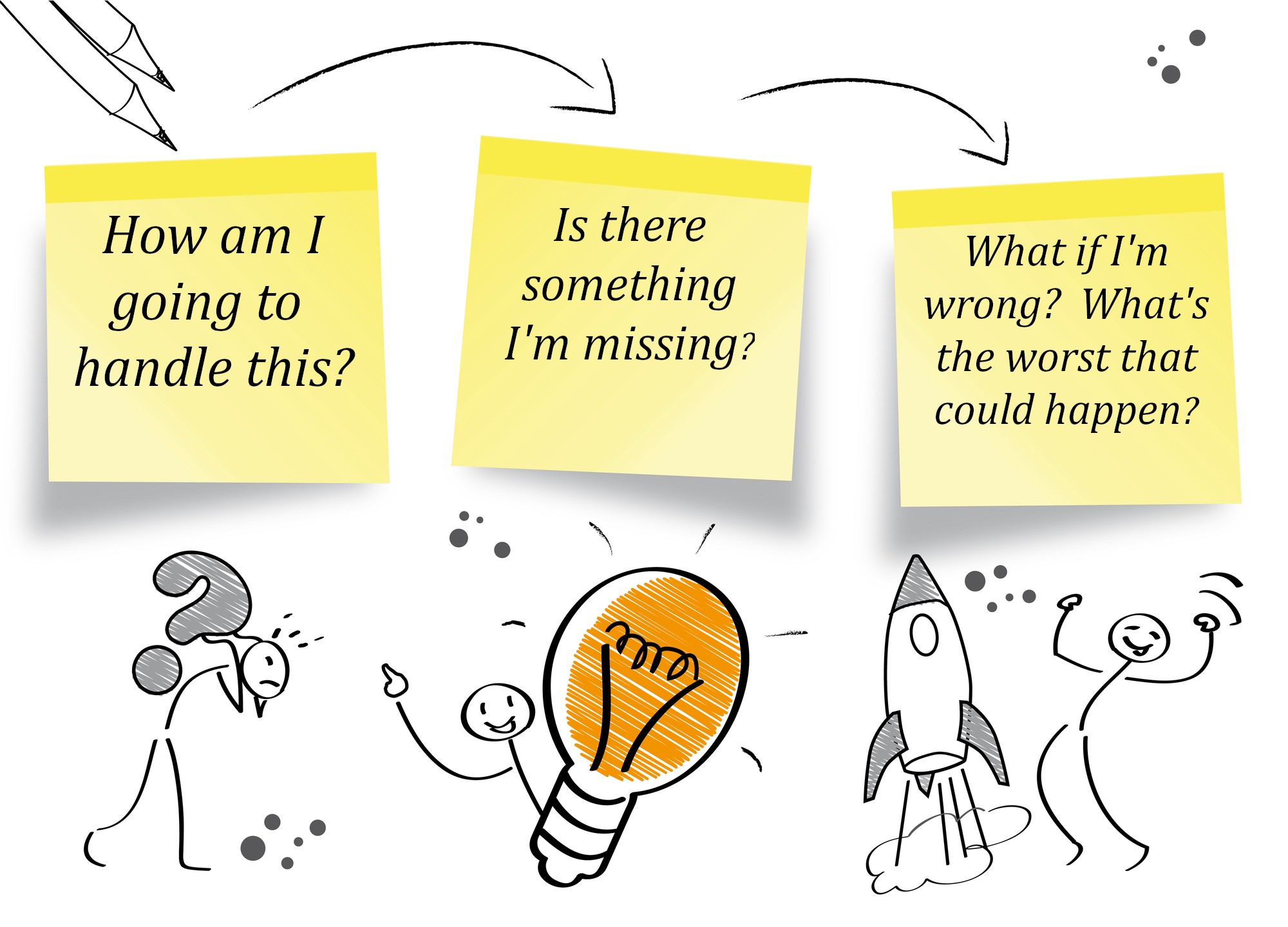
Problems are an integral part of life. Solving them is a necessary part of living.
For centuries, it’s been a cultural imperative to structure our lives in such a way that we reduce the number of problems we must handle. The fewer problems we have, the better.
At least that’s the premise.
In reality, the majority of what we generically call “problems” stem from broken garbage disposals, dishwashers, leaking septic tanks, dead car batteries, and a host of other daily surprises that require our immediate attention. That doesn’t make them any less real, but it does give us a glimpse into the constant, never-ending nature of the beast.
But what about the bigger issues — the real, unexpected, punch-in-the-gut problems that disrupt our “normal” and push our blood pressure to DEFCON 1? I’m talking about losing a job, going through a divorce, or trying to help a spouse or family member fight drug or alcohol addiction.
Here’s a fast and effective 7-step method to organize your efforts when dealing with the big stuff.
1. Identify the source
The first step in finding a solution to any problem is to determine the source. Separate the symptoms from the root of the difficulty. When did it start? What was going on at the time you first became aware there was something wrong? Does the problem stem from a change in the way things are done, processed, delivered, or in a failure to meet the expectations of others? Do you have control over these things?
Determine the real importance or severity of the issue. What’s the worst that could happen if you do nothing? Can the situation be improved or at least mitigated to a point that’s acceptable (you could live with the problem if negotiated to a reasonable or managed outcome), or does it have to be completely eliminated?
2. Do some research
Very seldom is a problem completely unique to one person. It’s more than likely there’s someone, somewhere, who has experienced the same or similar situation. Try searching the internet for input. Ask your question several different ways to activate alternative key-words.
If you feel comfortable asking for help from others, that’s fine. But always filter their advice by what they have to gain or lose from the situation. Taking the advice of a friend is always overshadowed by a double-edged risk: If you employ the suggestion and it fails, it puts the burden of failure on your friendship; if you don’t take their advice, they may be offended that you didn’t think enough of their input (or them) to use it.
3. Make a list of possible approaches
It’s too early for solutions. At this point, don’t edit your thoughts or suggestions. You’re trying to come up with as many possible avenues that will lead to a possible remedy. Use a notebook to jot down a few key-words that adequately describe each approach. This can be in the form of an outline, a pros vs cons list, or any other format that works for you.
Just make sure to write down your ideas. The real value in this step is not that one option will stand out from all the others, but that you’ll recognize a combination of two or more of the approaches as the better alternative.
4. Don’t forget on-line forums monitored by professionals and experts in their field
Obtaining input from others can help spark alternative ideas and approaches, and when used objectively, can be very useful.
5. Change your viewpoint
Put yourself in someone else’s brain–someone who demonstrates excellent use of their resources and has achieved success after dealing with a major hardship. For example, ask yourself, “How would Tom handle this? What would Barbara do?”
The answer may not come right away, but the exercise kick-starts your brain into thinking in larger pictures, going beyond your personal inventory of resourses and experiences.
6. Implement your approach
Take the first step. It might be nothing more than picking up the phone and making an appointment or ordering a book. Whatever it is, set the activity into your daily schedule and give it a high enough priority to make sure it gets done.
7. Monitor your progress and if necessary, change your tactics
If the actions you’re taking are not producing the desired change, do something different. Trying alternatives can often “reframe” the situation and defuse the resistance, excuses, or push-back that’s preventing the elimination of the unwanted behavior or situation.
Be persistent, but also realistic. At some point along the way, you’ll wonder if it’s worth the effort to continue the fight. In confronting any problem, there’s always the ever-present option to quit — to tell yourself nothing can be done and accept the consequences of surrendering to the situation.
Essentially, you’re telling yourself it’s easier to live with the problem than to change it.
Keep this in mind: You might be right!
This is especially true when problematic situations and circumstances are symptoms of an event or incident outside your control. For example, if your job has become a nightmare of bureaucratic BS because the small business you work for was purchased by a Fortune 500 company, it’s doubtful you’ll make any progress in returning your work environment to it’s former, comfortable nature.
Realizing the change you seek is outside your authority or beyond your influence, can eliminate a lot of frustrating, non-productive effort upfront, leaving you with fewer, but more realistic choices.


